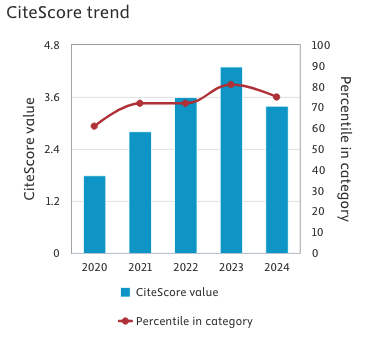Peculiarities of autoimmune polyglandular syndromes in children and adolescents
Keywords:
Associations of autoimmune disorders, epidemiology, immunodeficiency, phenotypical expressionAbstract
Background: no reviews have specifically addressed , to now, whether autoimmune polyglandular syndromes (APSs) may have a peculiar epidemiology and phenotypical expression in pediatric age
Objectives: to review the most recent literature data about the specific epidemiological and clinical peculiarities of APSs in childhood and adolescence
Design: the main features of the different APSs in pediatric age were compared among them.
Conclusions: 1) Among the different APSs, the one that is most typical of pediatric age is APS-1; 2) APS-1 is not characterized only by the classical triad (chronic moniliasis-hyposurrenalism-hypoparathyroidism) and its clinical spectrum is enlarging over time; 3)APS-2 may have a different epidemiological and clinical expression according to two different nosological classifications.
Downloads
Published
Issue
Section
License
This is an Open Access article distributed under the terms of the Creative Commons Attribution License (https://creativecommons.org/licenses/by-nc/4.0) which permits unrestricted use, distribution, and reproduction in any medium, provided the original work is properly cited.
Transfer of Copyright and Permission to Reproduce Parts of Published Papers.
Authors retain the copyright for their published work. No formal permission will be required to reproduce parts (tables or illustrations) of published papers, provided the source is quoted appropriately and reproduction has no commercial intent. Reproductions with commercial intent will require written permission and payment of royalties.







